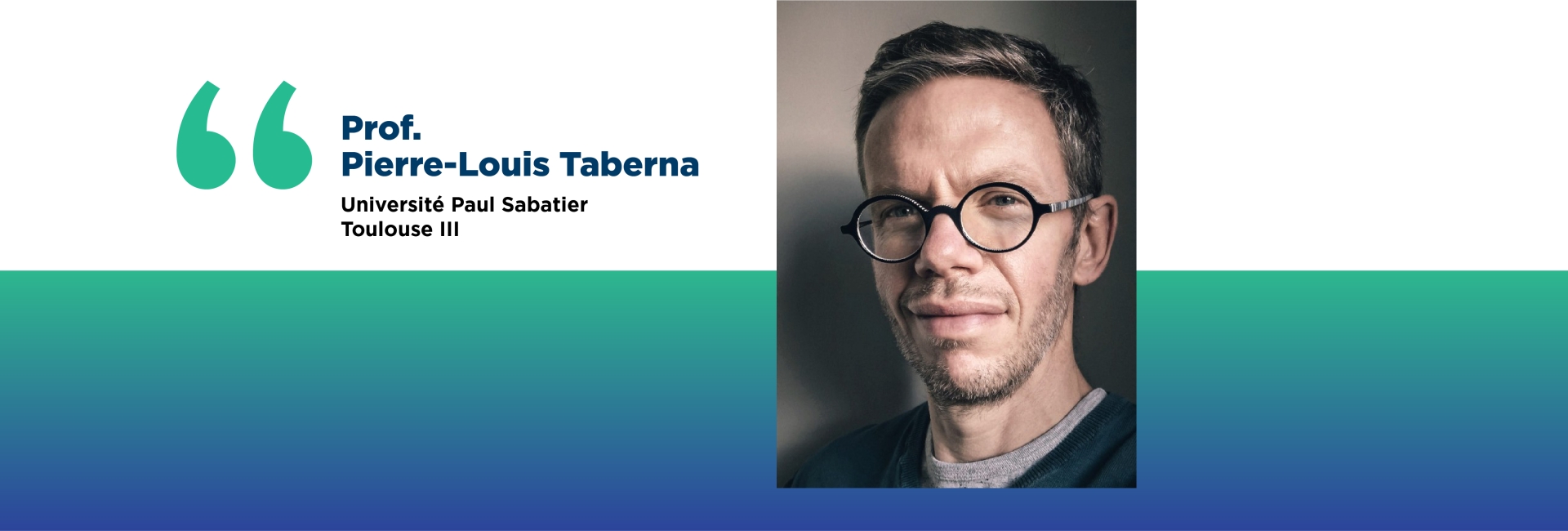
“The development of artificial interfaces holds promise for enhancing cyclability in hard carbons and extending the voltage window in activated carbons.”
In our ongoing exploration of The MUSIC Project and its partners, we´re privileged to engage with Pierre-Louis Taberna, a renowned researcher from the Université Paul Sabatier Toulouse III.

In our ongoing exploration of The MUSIC Project and its partners, we´re privileged to engage with Pierre-Louis Taberna, a renowned researcher from the Université Paul Sabatier Toulouse III. Taberna´s expertise in the physicochemical characteristics and operational mechanisms of hard carbon and activated carbon offers a vital perspective on the development of sodium-ion capacitors, contributing to our collective efforts towards sustainable energy solutions.
What are the main physicochemical characteristics of hard carbon and activated carbon?
Hard carbons and activated carbons are both made from the pyrolysis of organic precursors such as coal, wood, biomass… The latter make such type of materials potentially more sustainable than many others. Although those two types of carbons share the same “DNA”, they differ drastically regarding their respective specific surface area: hard carbons exhibit low specific surface area, few m2/g, while activated carbons, more than a thousand. This main difference makes hard carbons adequate as a sodium ion anode, with a capacity of about 370 mAh/g, whereas activated carbons stand perfectly as active material for electrochemical double layer capacitors.
Which are the unresolved questions with regards the operation mechanisms?
There are still room for improvement regarding of the performances out of those two carbons. Regarding hard carbons, although the charge storage mechanism is still under debate and ongoing work aim at improving the cycling stability and the power ability by controlling the hard carbon/electrolyte interface (SEI). As consequence, it is of interest to further understand SEI formation mechanisms in order to better control its characteristics (morphology, thickness, composition…) On the other hand, activated carbons suffers from a poor energy density and today’s challenge is to develop carbons with higher carbon surface-ions correlation thanks to suitable a pore size distribution or potential of zero charge. In both cases, the development of artificial interfaces holds promise for enhancing cyclability in hard carbons and extending the voltage window in activated carbons.
As we conclude this insightful interview, we extend our appreciation to Pierre-Louis Taberna for his valuable contributions to The MUSIC Project and the field of energy storage. Through collaborative endeavors like this, we are advancing the frontiers of science and technology, driving towards a future powered by clean and renewable energy sources. Stay tuned as we continue to uncover the innovations and breakthroughs from our esteemed partners in The MUSIC Project.